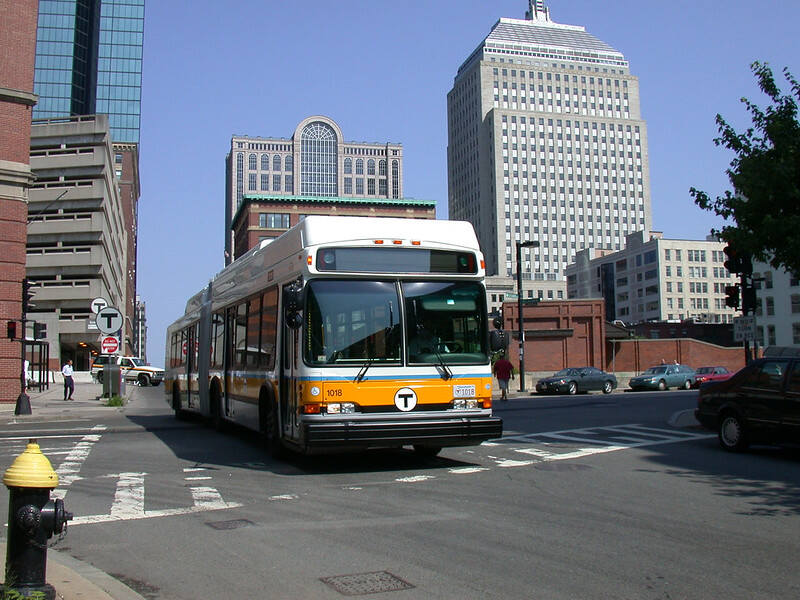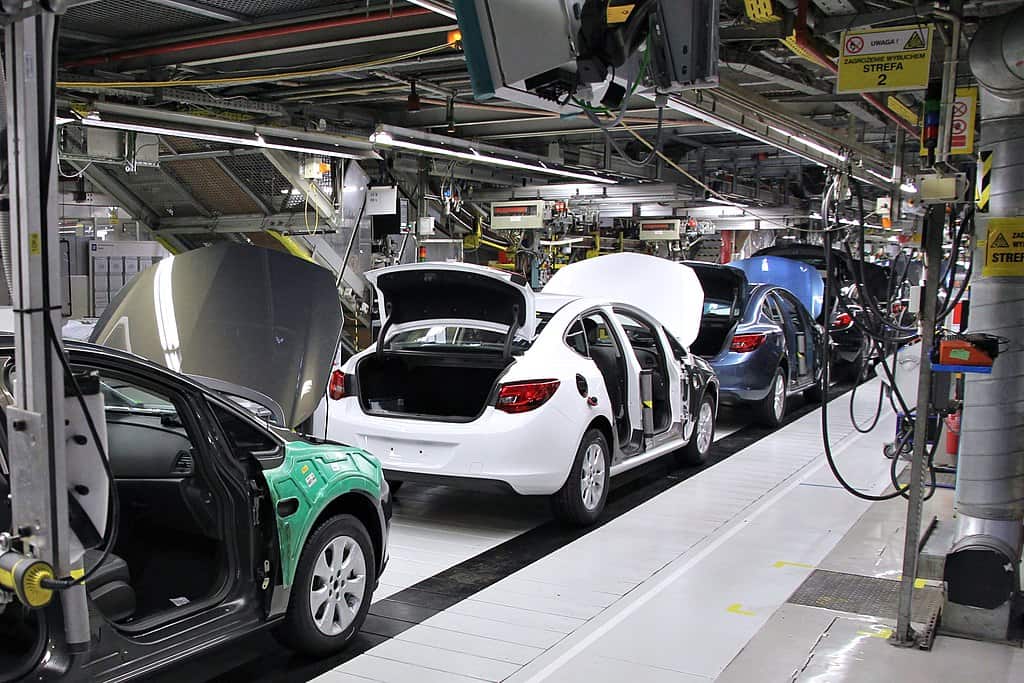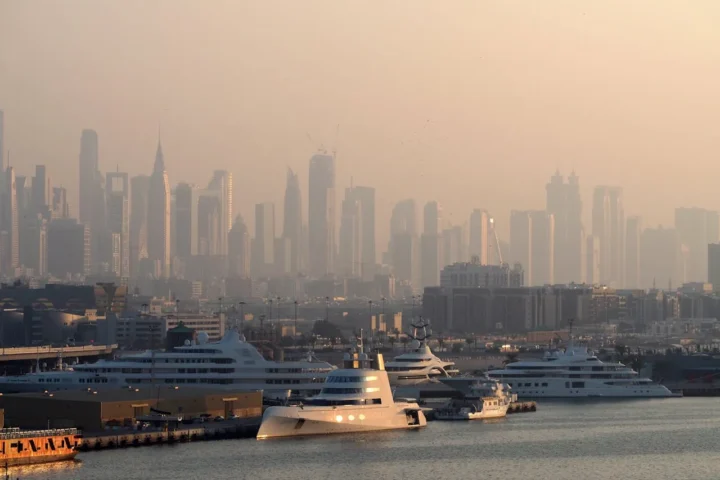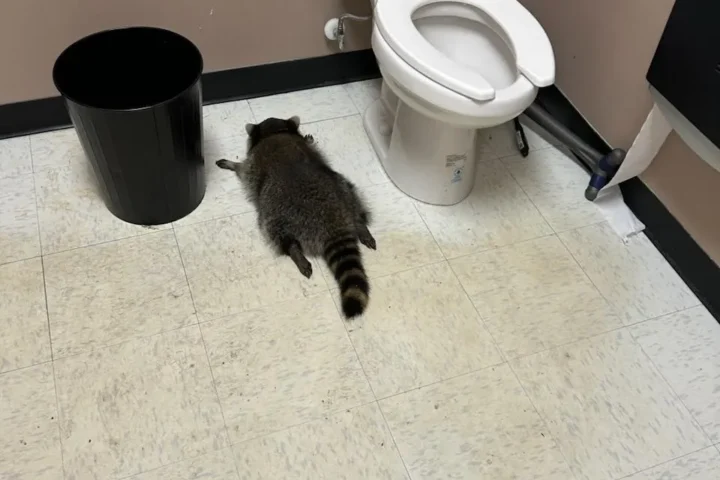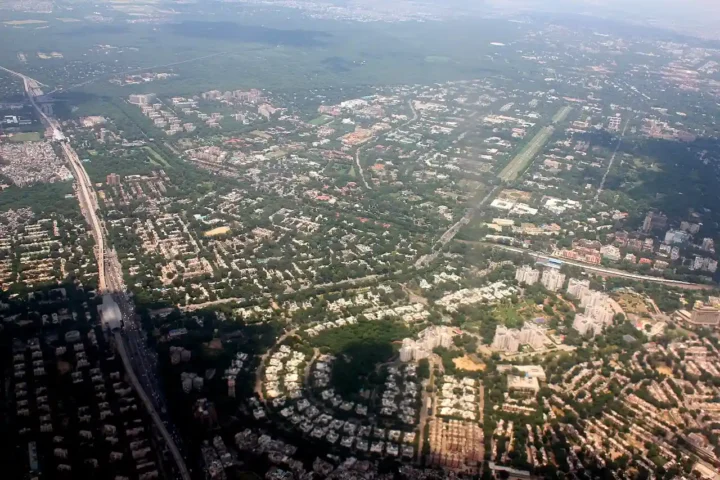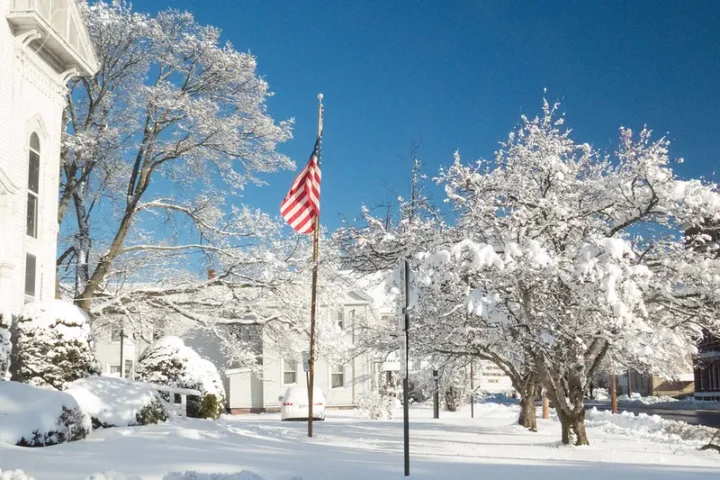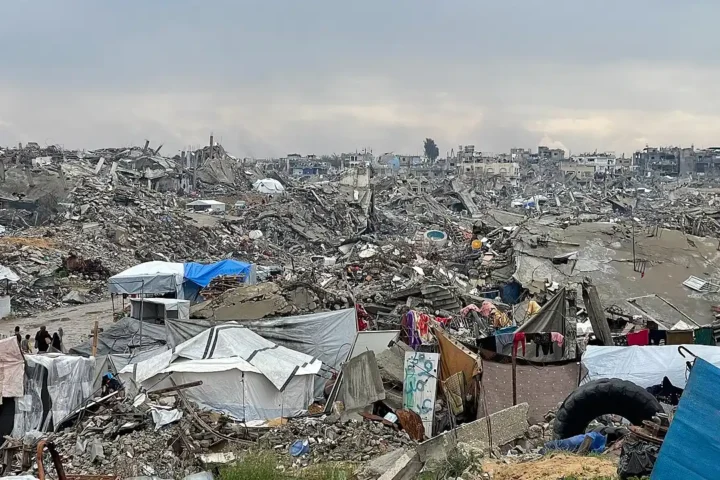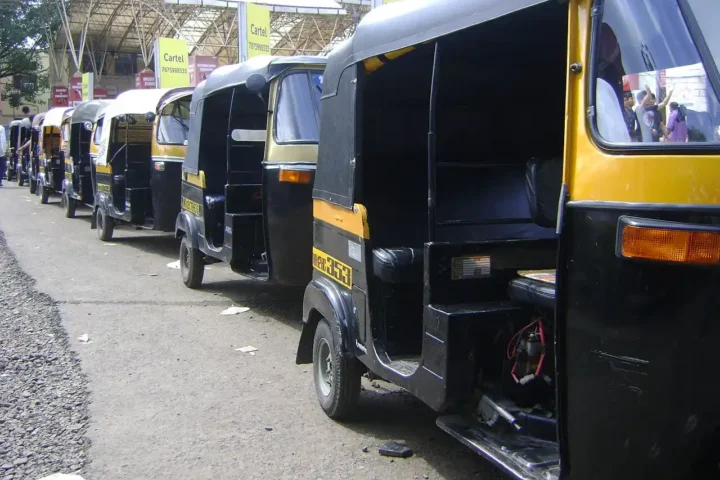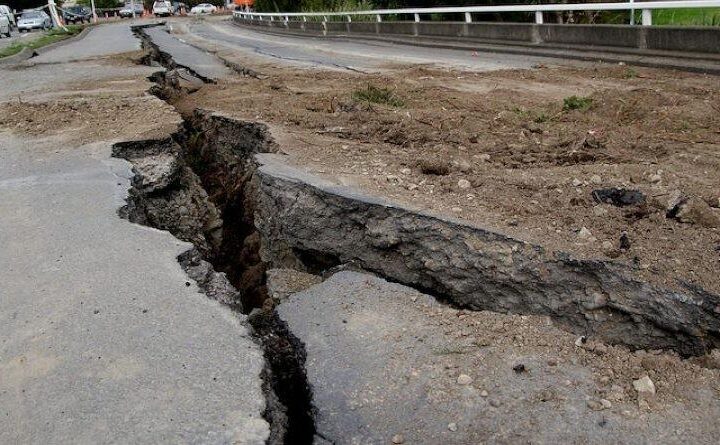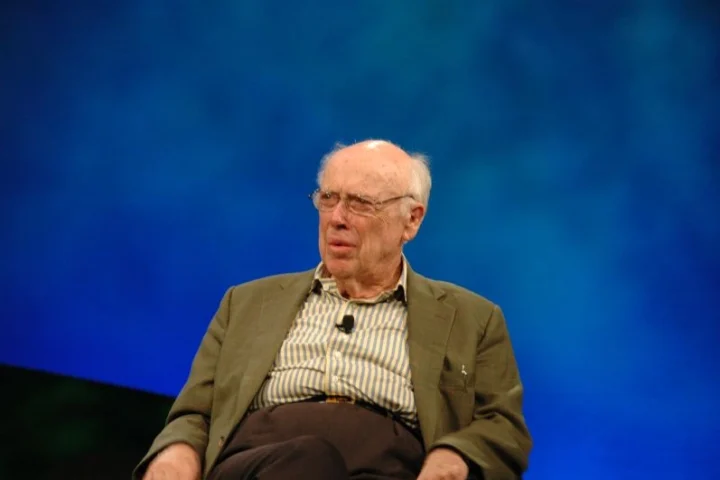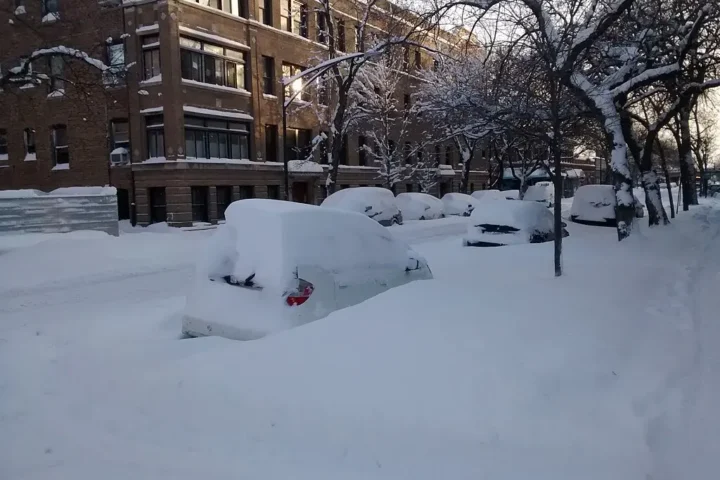
Starting late 2025, Boston bus riders might notice something new helping their commute: cameras on MBTA buses that ticket cars blocking bus lanes and stops.
Governor Maura Healey kicked things off in January by signing a law giving the T permission to use these cameras. The rollout will start small in fall 2025, with just a few buses getting cameras, before spreading across the whole fleet in 2026.
How It Works and What It’ll Cost You
If you’re caught by one of these cameras, expect to pay. Parking at a bus stop will cost you $100. Sitting in a bus lane? That’ll be between $25 and $125, depending on how serious the violation is.
But don’t worry about getting ticketed unfairly – actual humans at the MBTA will review the camera footage before any tickets get sent out. And yes, you’ll be able to appeal if you think there’s been a mistake.
“We want people to change their behavior, not just collect their money,” an MBTA official explained. Any extra cash from these fines goes straight to the state’s Transportation Trust Fund for future projects.
Why They’re Doing This
The simple truth is that buses get stuck when cars block their way. This makes thousands of daily riders late and creates real problems for people with disabilities who need clear access to bus stops.
What’s important to know is who this helps most: 82% of MBTA bus riders are low-income, and 44% don’t have cars of their own. When buses run on time, it makes a huge difference for these folks.
The Public Gets a Say
Before any tickets start flying, there’ll be a 60-day public education campaign so everyone knows what’s happening. The T is also collecting public comments on their proposed rules in June 2025, with a hearing planned for later that month. The MBTA Board is expected to give final approval by August.
Cities like New York, Philadelphia, and San Francisco have already tried similar systems and seen buses move more reliably as a result.

The law that made this possible (G.L. c. 90K) includes several safeguards: clear signage requirements, limits on how many cameras can be installed (no more than one per 2,500 residents), and strict rules about how the footage can be used.
